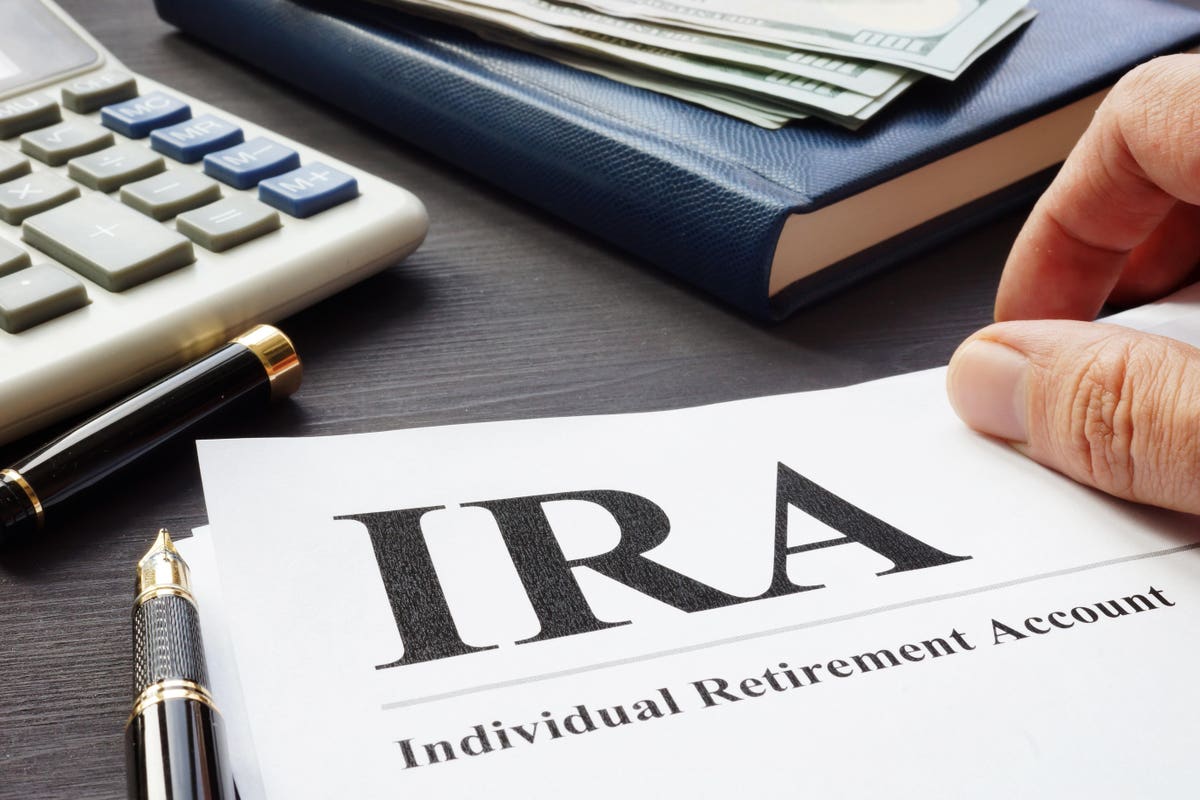Effective January 1, 2023 if you are age 70-1/2 or older, you can distribute up to $50,000 from your traditional IRA directly into a charitable remainder trust or gift annuity. The distribution will be excluded from your income, but if you are age 73 or older it will nonetheless count toward your Required Minimum Distribution.
The “Legacy IRA” was included as part of the “Secure 2.0” Act, folded into the appropriations measure enacted at the close of the last Congress and signed into law on December 29. This legislation is the result of a persistent lobbying effort over more than a dozen years by key players in the nonprofit sector.
The final product is scaled back considerably from earlier versions, but the gift annuity component will provide excellent opportunities for some, and the charitable remainder trust component can perhaps be seen as a foot in the door.
Background
The new legislation builds on the so-called “charitable IRA rollover,” which was itself the result of a lobbying effort extending more than a decade. Section 408(d)(8) of the tax Code was first enacted in 2006 as a temporary measure, extended several times, and finally made permanent in 2015.
That provision allows an IRA participant aged 70 1/2 or older to make “qualified charitable distributions” (QCDs) up to $100,000 per year from one or more traditional IRAs outright to charity. Again, these are excluded from income, but if the participant is past their required beginning date, they can be credited against their Minimum Required Distribution.
As a practical matter, this is like having an “above the line” deduction, whether you itemize or not. If you do itemize, the QCDs do not count against your percentage limitations (except indirectly, by reducing your adjusted gross income).
And for taxpayers who might otherwise be subject to the 3.8 percent surtax on net investment income, or whose Social Security benefits might otherwise be taxable, the exclusion can help keep their adjusted gross income below the relevant thresholds.
Life Income Gifts
The “Legacy IRA” provisions extend this concept to a one-time distribution to what the legislation refers to somewhat inaccurately as “a split-interest entity.” The quoted phrase is defined in the legislation to include both charitable remainder trusts, which are indeed treated elsewhere in the tax Code as “split-interest entities,” but also charitable gift annuities, which are a contractual arrangement with the issuing charity.
When a version of this legislation was first introduced in 2009, the idea was to allow an IRA participant as young as age 59 1/2 to direct distributions of up to $400,000 per year, year after year, into one or more of these arrangements. Those ambitions were scaled back in later versions of the legislation, none of which ever made it to the floor of either chamber.
Practical Considerations
As finally enacted, the legislation allows only a “one and done” distribution, up to $50,000, either to a charitable remainder trust which can hold no other assets, or as the sole source of funding for a gift annuity that is to commence within one year of funding. Only the IRA participant herself and/or her spouse may be designated as noncharitable beneficiaries.
It is reasonably clear that any amount contributed to a life income plan is to be counted against the $100,000 limit for QCDs in the year in which the transfer is made. Note, however, that the way the statute is worded, it would appear to be possible for spouses to each contribute up to $50,000 in QCDs to a single gift annuity contract or charitable remainder trust that would be payable jointly or to either or the survivor.
The legislation says the income interest must be “nonassignable.” While it is not entirely clear this is meant to preclude even an assignment to the remainder or issuing charity itself, there is some informal history suggesting it does.
The payout from a gift annuity funded by a QCD must be at least five percent, and all amounts distributed will be taxed as ordinary income. As it happens, the ACGA recommended rates for annuitants aged 70 and older already exceed five percent, even under the two-life tables, depending on the age of the younger, nonparticipant spouse.
It is already a requirement of section 664(d) that the payout from a charitable remainder trust be at least five percent. Again, the legislation requires that the entire payout be taxed as ordinary income.
Of course, distributions from a traditional IRA would have been taxed as ordinary income in any event.
While a gift annuity must be made payable over the life of the annuitant, a charitable remainder trust might be set up to terminate after a fixed term of no more than 20 years, or it might include a “qualified contingency” that would terminate the trust early upon the occurrence of some stated event, for example divorce or remarriage.
The unitrust form offers other flexibilities, notably the “net income exception,” which allows the trust to distribute the lesser of the stated unitrust percentage amount or net fiduciary accounting income, which depending how the trust is invested might be quite low. The net income trust might include a “makeup” feature and/or a “flip” feature, which would allow the trust to distribute accumulations at some future date, upon the sale of an appreciated asset and/or the occurrence of a triggering event.
As a practical matter, however, it will be infeasible in most cases to fund and administer a charitable remainder trust holding only $50,000 – or even $100,000 if both spouses contribute.
But there is a significant potential market for “legacy IRA” gift annuities, even at the $50,000 price point. As noted above, the distribution affords what amounts to an above the line deduction for the present value of the residuum to the issuing charity, and although the payout will be entirely ordinary income, the annuity contract will be funded entirely with untaxed ordinary income.
Read the full article here









